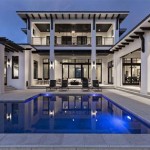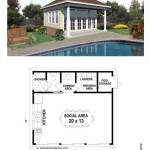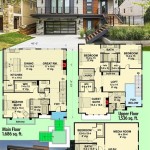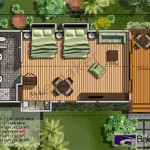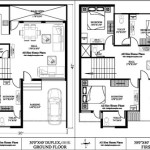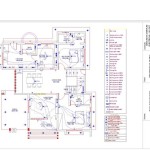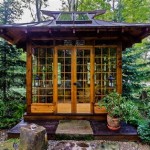Master Suite Floor Plans With Dimensions
A master suite represents a homeowner's personal sanctuary. Careful planning and consideration of dimensions are vital to creating a space that is both functional and luxurious. This article will explore various master suite floor plan configurations and their corresponding dimensions, offering insights into optimizing space and creating a comfortable retreat.
Understanding the square footage allocated to the master suite is the first step in the planning process. Smaller master suites might start around 300 square feet, offering basic amenities. Mid-range options typically range from 350 to 500 square feet and can accommodate additional features like a sitting area or a larger walk-in closet. Luxury master suites can exceed 600 square feet, often incorporating elaborate features like separate his-and-hers closets, a fireplace, or a private balcony.
The bedroom area itself should be spacious enough to comfortably accommodate a king-size bed (typically measuring approximately 76 inches wide and 80 inches long), nightstands, and a dresser. Allowing for adequate circulation space around the bed is crucial; a minimum of 24 inches on each side and 36 inches at the foot of the bed is recommended. Walkways within the bedroom should ideally be at least 36 inches wide.
The master bathroom within the suite is another essential consideration. Standard bathroom layouts might include a single vanity, a toilet, and a combined shower/tub unit, requiring a minimum of around 50 square feet. Larger bathrooms can incorporate double vanities, a separate shower and soaking tub, and a compartmentalized toilet area. Double vanities typically measure between 60 and 72 inches wide, with each sink requiring a minimum of 24 inches of counter space. Standard bathtubs measure 60 inches long and 30 inches wide, while shower stalls should be a minimum of 36 inches by 36 inches, with larger walk-in showers becoming increasingly popular.
Walk-in closets are a highly desirable feature in a master suite. A small walk-in closet might start around 40 square feet, adequate for a single individual. Larger walk-in closets, ranging from 70 to 100 square feet or more, can accommodate extensive wardrobes and often incorporate built-in organization systems. The layout should allow for easy access to clothing and accessories, with adequate hanging space, shelving, and drawers. Consider incorporating a center island or dressing area in larger walk-in closets for added functionality.
The inclusion of a sitting area within the master suite provides a separate space for relaxation and privacy. This area can be as simple as a comfortable armchair and a small table or can be more elaborate, incorporating a sofa, a coffee table, and a dedicated entertainment center. The size of the sitting area will depend on the available space and the desired functionality. Ensure that the sitting area flows seamlessly with the rest of the suite and does not impede circulation.
Additional features, such as a fireplace, wet bar, or private balcony, can further enhance the luxury and functionality of a master suite. A fireplace typically requires a minimum of 6 feet of wall space and should be positioned to create a focal point within the room. A wet bar might require 4 to 6 feet of counter space and should be equipped with a sink, refrigerator, and storage cabinets. A private balcony should be large enough to accommodate seating and offer ample space for movement.
Careful consideration of door placement and swing directions is critical in maximizing usable space and ensuring smooth traffic flow. Doors should not interfere with furniture placement or obstruct walkways. Pocket doors can be a space-saving alternative to traditional swing doors, particularly in smaller areas like bathrooms and closets.
Natural light is a desirable feature in any master suite. Large windows and strategically placed skylights can maximize natural light and create a bright and airy atmosphere. Window placement should consider privacy concerns while optimizing views and ventilation.
Well-planned lighting is crucial for creating a comfortable and functional master suite. Ambient lighting provides overall illumination, while task lighting is essential for specific areas like the vanity and closet. Accent lighting can highlight architectural features or artwork, adding a touch of elegance to the space.
Finally, incorporating adequate electrical outlets is essential for modern living. Consider the placement of lamps, televisions, and other electronic devices when planning outlet locations. USB outlets are a convenient addition for charging mobile devices.
By carefully considering these dimensions and design elements, homeowners can create a master suite that serves as a true sanctuary, offering both comfort and functionality.

Master Bedroom Floor Plans Types Examples Considerations Cedreo

Master Bedroom Floor Plans An Expert Architect S Vision

Master Bedroom Floor Plans An Expert Architect S Vision

Master Bedroom Floor Plans An Expert Architect S Vision

9 Tips To Consider When Planning Your Bedroom Layout

Master Bedroom Floor Plans Types Examples Considerations Cedreo

Pin On Decorating Idea

Master Suite Updated Plans Erin Kestenbaum

Master Suite Floor Plans Ideas Decide Your House

Pin On 260

